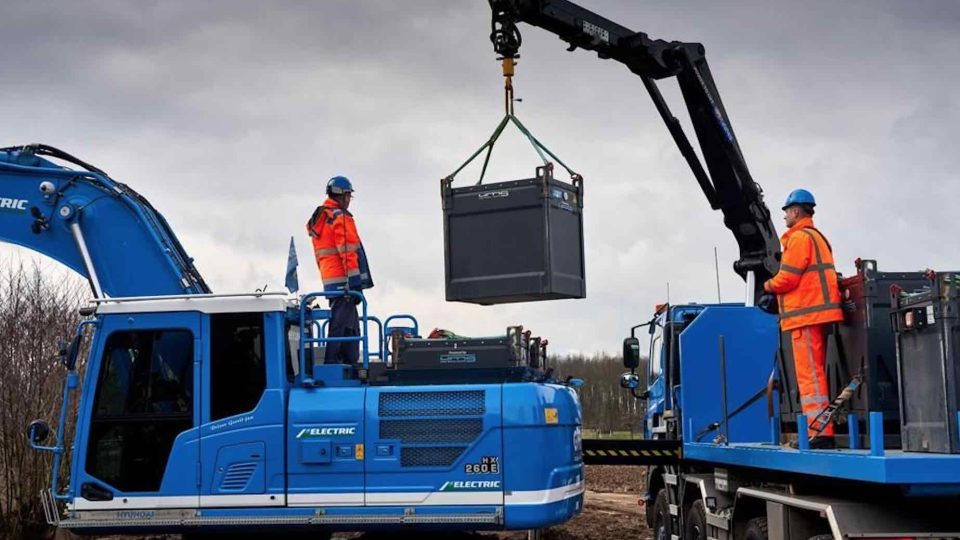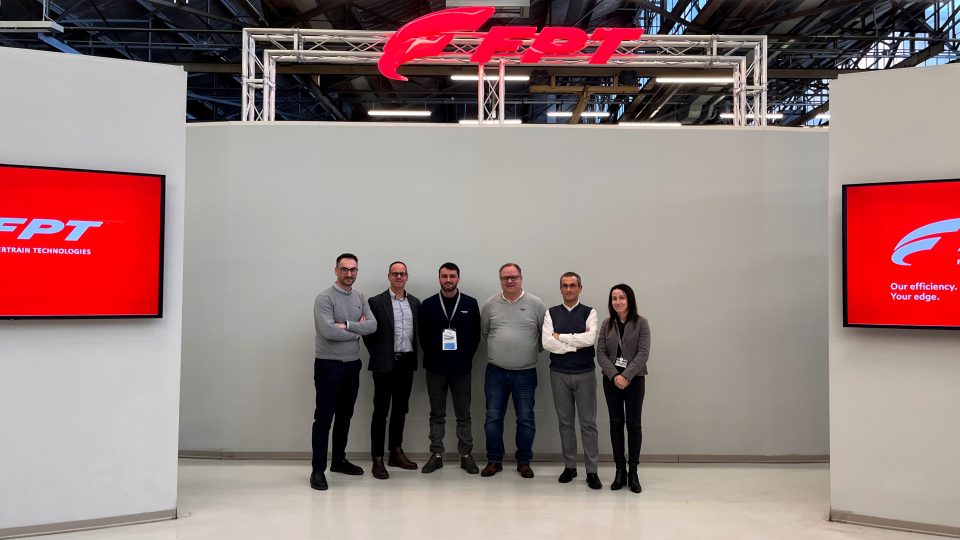Punch Torino and AVL Italia. H2-ICE, the Italian way to hydrogen
H2-ICE is an Italian project that involves AVL Italia, Punch Torino, Landi Group and IAA (Industria Italiana Autobus)
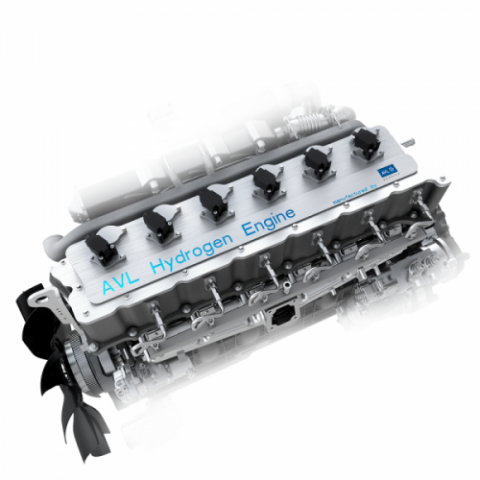
AVL Italy for hydrogen, and not only them, in the H2-ICE project. Let’s add another piece, the road. The projects of Punch Torino, AVL Italia and Landi Renzo, which are preparing to become part of the powertrain of buses, will run on asphalt.
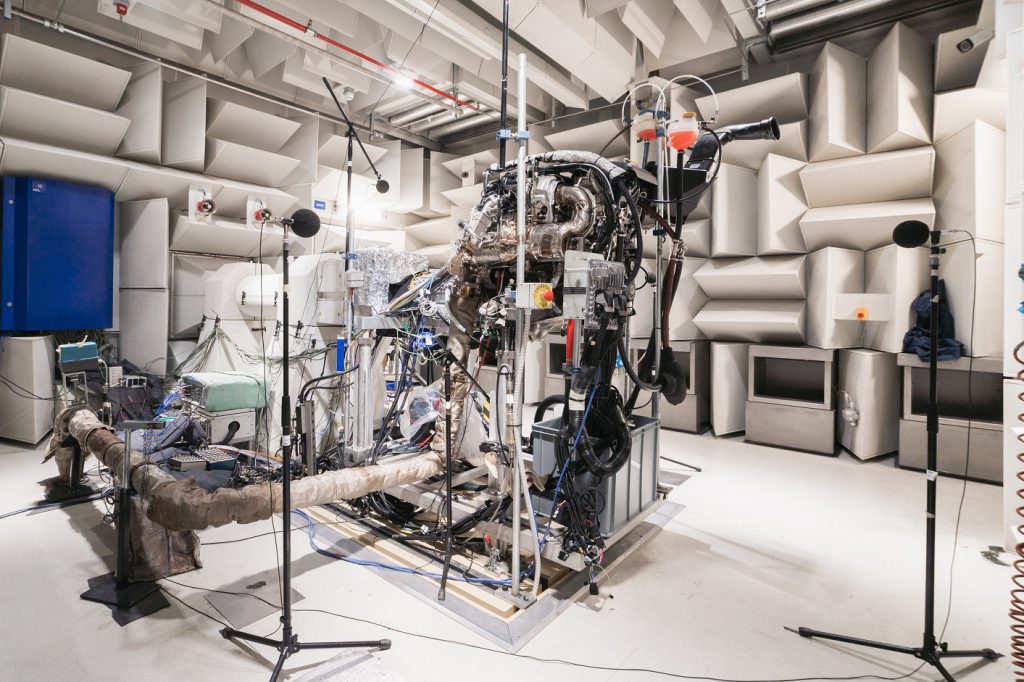
Punch Torino and AVL Italia for hydrogen
Which ones? Let’s fill in the missing pieces to complete the puzzle and leave the word to the press release. The pieces answer to the name of the bus manufacturer Industria Italiana Autobus (IAA) and the regional bus and train operator TPER (Trasporto passeggeri Emilia-Romagna). We would like to say (at the risk of sounding obnoxious): ‘we said so’. Or rather, they did, Punch Torino, through the words of its CEO, Pierpaolo Antonioli. Punch Torino’s interest in hydrogen emerges clearly in this interview published in DIESEL International paper magazine.
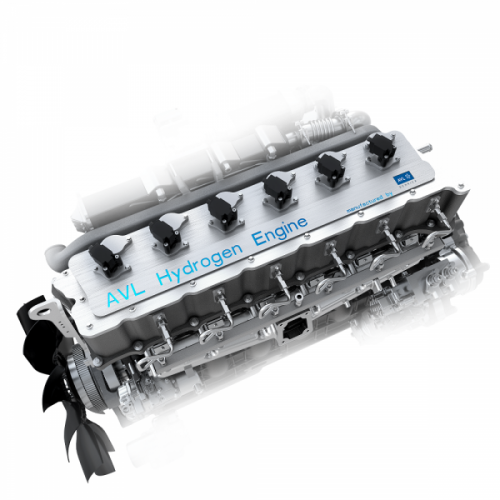
The official presentation of the project
“It is called H2-ICE and it is an alliance of Italian companies aimed at promoting the use of hydrogen for the traction of vehicles in public transport. Within this alliance, Punch Torino and AVL Italia have started the development of an internal combustion engine (ICE) powered by hydrogen, which, with the support of the Emilian company Landi Renzo, specialized in the production of components and gas systems for ICE and hydrogen systems, will be installed by IAA on a city vehicle, which will be tested in service by TPER. The vehicle will represent a concrete and tangible step towards a sustainable mobility to support the process of decarbonization and will be the result of the work of the partner companies that want to join this initiative, which will project into the future the companies of the territory creating a green Italian eco system of local public transport, thus enhancing the technological know-how already present in Italy. In the future, H2-ICE plans to expand its field of action to other areas of application, accelerating the development of the use of alternative ecological sources. This would ensure to enhance the investments made over the years, in economic terms and technological expertise, and to limit any re-engineering costs”.






